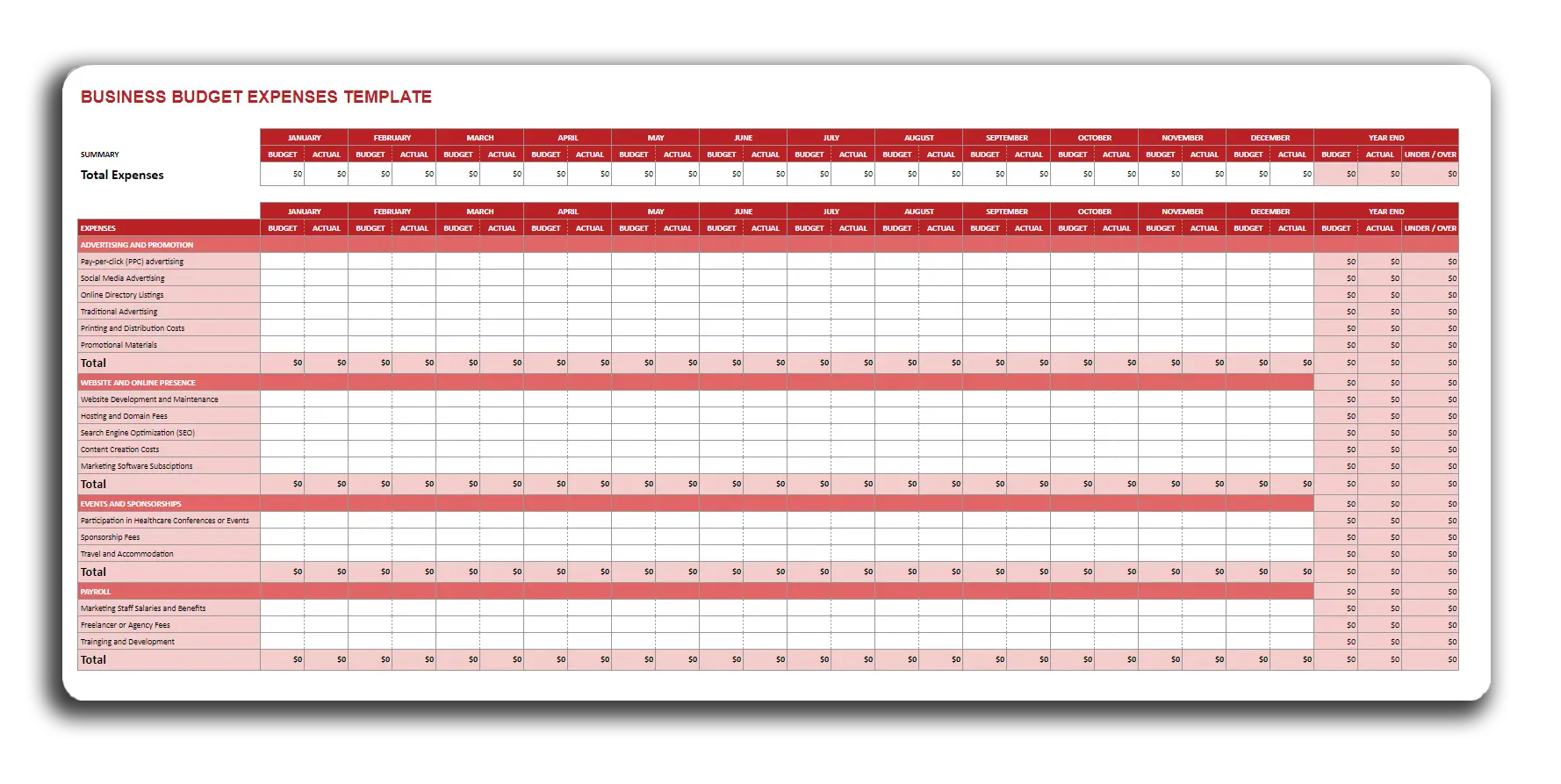Creating a Marketing Plan and Measuring Success for Medical Practices

As we continue your journey toward optimizing your medical practice’s marketing strategy, this is the second installment of our three-part guide. In this article, we would like to dive into crafting engaging value propositions and choosing the right marketing channels based on your audience. If you have not read part one yet, click here to learn about understanding your target market as a medical practice.
Key Topics Covered:
- Crafting a compelling value proposition
- Choosing effective marketing channels
- Key Performance Indicators (KPIs)
- Analyzing marketing data
- Importance of adaptation and feedback
Key Elements of a Comprehensive Marketing Plan
Target Market Understanding
Understanding your target market is fundamental to a marketing plan for a successful medical practice. Knowing who our audience is means knowing not just who your patients are but also their needs, preferences, and behaviors. Demographics (age, gender, location) and psychographics (values, interests, attitudes, lifestyle) are essential. Demographics provide a basic profile, while psychographics delves into motivations and beliefs, enabling deeper connections.
Crafting a Compelling Value Proposition
A compelling value proposition is a unique promise to your patients, explaining why they should choose you. It involves showcasing what makes your practice exceptional and aligning it with patient needs. Differentiation is vital; this is about highlighting what sets you apart, whether it’s advanced technology, personalized care, or commitment to educating patients.
Choosing Effective Marketing Channels
Selecting the right marketing channels is crucial. Medical practices have various options, from social media to email campaigns and traditional advertising. Understand where your target audience is active and tailor your approach accordingly. For example, if your patients are on social media, focus on engaging social content. If you serve an older demographic, consider traditional advertising or email newsletters.
Developing a Practical Marketing Strategy
Setting Clear Goals and Objectives
Setting well-defined goals and objectives is the compass that keeps your marketing strategy on course. It’s about outlining what you want to achieve and how you’ll measure success.
Your goals should be (SMART)
- Specific
- Measurable
- Achievable
- Relevant
- Time-Bound
Your objectives should align with your overall practice goals, whether increasing patient appointments, boosting online presence, or enhancing patient satisfaction.
Budget Allocation Budget allocation is the financial roadmap of your marketing strategy. It’s about deciding how to allocate resources effectively across various marketing initiatives. Balancing your budget ensures that you’re getting the most out of your marketing investments while avoiding overspending.
Content Creation and Distribution Content is the heart of your marketing efforts. It involves creating informative and engaging materials that resonate with your target audience. Content can take various forms, including blog posts, videos, infographics, and social media posts. Distribution is equally crucial – it’s about getting your content in front of the right audience through the chosen channels.
Measuring Success
Key Performance Indicators (KPIs)
KPIs are essential metrics that track your marketing progress, such as website traffic, lead generation, and patient satisfaction. They guide decision-making and optimization. You can find a list of common marketing KPIs on reputable marketing websites like HubSpot, Google Analytics, and Neil Patel.
Analyzing Data
Analyzing data is vital for making informed marketing decisions. It helps uncover trends, patterns, and areas for improvement in your strategy, ensuring ongoing success. You can utilize tools like Google Analytics and marketing automation platforms for in-depth data analysis.
Conclusion
We have discussed the important aspects of creating a successful marketing plan for medical practices. This includes understanding your target market, developing a compelling value proposition, and choosing the right marketing channels. These tools will help your practice stand out in the competitive healthcare industry.
Setting clear goals, allocating budgets, and creating engaging content that connects with your audience is crucial. Regularly measuring success through key performance indicators and data analysis will ensure that your marketing efforts are effective and adaptable.
We’re here to support you on your journey to marketing success. If you have questions or need further assistance in implementing these strategies, don’t hesitate to reach out. Our team is dedicated to helping your medical practice thrive.
Additionally, stay ahead of the curve by subscribing to our newsletter. By doing so, you’ll receive exclusive tips, insights, and updates on future blog posts.
Thank you for joining us on this journey, and we look forward to being a valuable partner in your pursuit of revenue growth.








